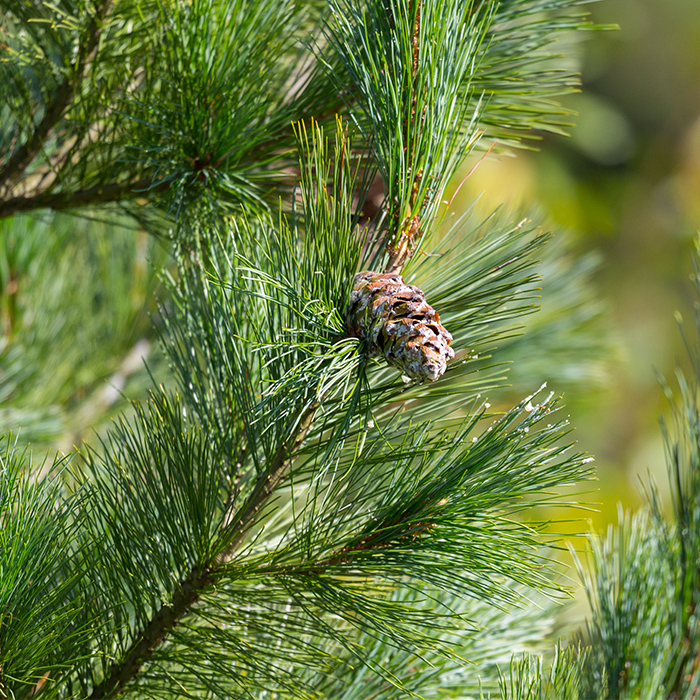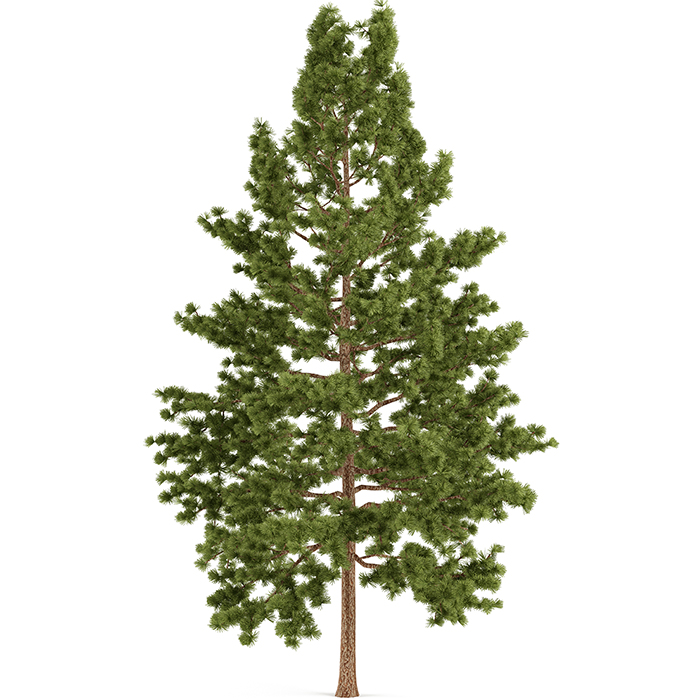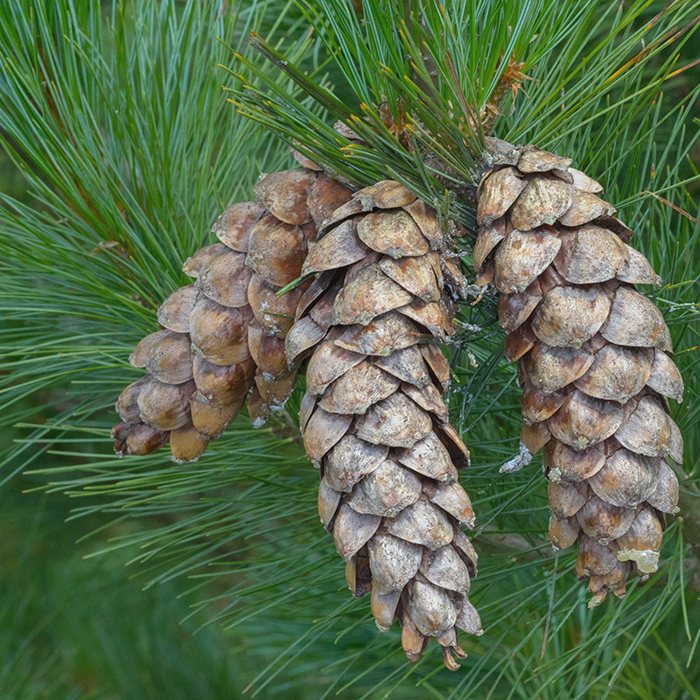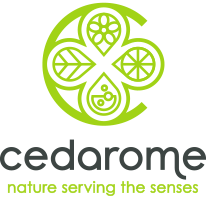Description
Eastern White Pine essential oil is sourced from the northeastern part of Canada, throughout the Great Lakes region. This oil is obtained from the needles and twigs of the Pinus strobus tree through steam distillation. It is a transparent liquid with a resinous scent, fresh and almost lemony.
Olfactive Profile
Woody, fresh, green, sharp.
Woody
Fresh
Flavor Profile
Food grade.
- Details
- Technical Sheet
- Downloads
- Sources
Details
Botany:
Pinus strobus, is an evergreen coniferous member of Pinaceae family. It can reach heights between 70 to 80 meters. The needles are in fascicles of 5 with a deciduous sheath, they are flexible, bluish-green, finely separated and 5 to 13 cm long. It is popular as a Christmas tree since it holds its needles well, even long after being harvested.
Ethnobotany:
This tree is known to certain Indigenous Peoples as the Tree of Peace. It is also known as Weymouth Pine after George
Weymouth brought it back to England in 1620. During the age of sailing ships, they were reserved for the Royal British
Navy. Only one percent of the old-growth forests remain after the extensive logging operations that existed from the 18th to the 20th century.
Uses:
Applications include fine fragrance, cosmetics, flavour/food, alcoholic beverages, and aromatherapy.
Technical Sheet
Botanical name: Pinus strobus
Botanical family: Pinaceae
Accepted synonyms: Eastern White Pine, Weymouth Pine, Tree of Peace, Soft Pine
Common names: White Pine
Origin: Northeastern Canada, Quebec
Source: Canada
Cultivation Method: Wild harvested
Harvest period: April to January
Plant part used: Needles and twigs
Method of extraction: Steam distillation
Main components: α -Pinene, β–Pinene, Myrcene, I-Limonene
CAS: 8000-26-8 / 90082-77-2
INCI: Pinus strobus needle oil
FEMA:
EC: 290-168-3
Appearance: Colorless to pale yellow liquid with a characteristic odor
Certifications and Declarations:


- Certificate of Analysis
- Safety Data Sheet
- Food Grade Statement
- Natural Statement
- Origin Statement
- GMO-Free
- Allergen
- No Animal Testing
- Prop 65
Downloads
Sources
BRIT – Native American Ethnobotany Database. (n.d.). Naeb.brit.org. http://naeb.brit.org
Integrated Taxonomic Information System. (2019). Itis.gov. http://www.itis.gov
Kricher, J. C., Morrison, G., National Audubon Society, National Wildlife Federation, & Tory, R. (1998). A
Field guide to Eastern forests : North America. Houghton Mifflin.
Marie-Victorin, Frère F.É.C, Luc Brouillet, Rouleau, E., Goulet, I., & Hay, S. (2002). Flore laurentienne. G.
Morin.
Moerman, D. E. (1998). Native American ethnobotany. Timber Press.
Petrides, G. A., Wehr, J., National Audubon Society, National Wildlife Federation, & Tory, R. (1998). A field
guide to eastern trees : eastern United States and Canada, including the Midwest. Houghton Mifflin.
Welcome to the PLANTS Database | USDA PLANTS. (2016). Usda.gov. http://plants.usda.gov





